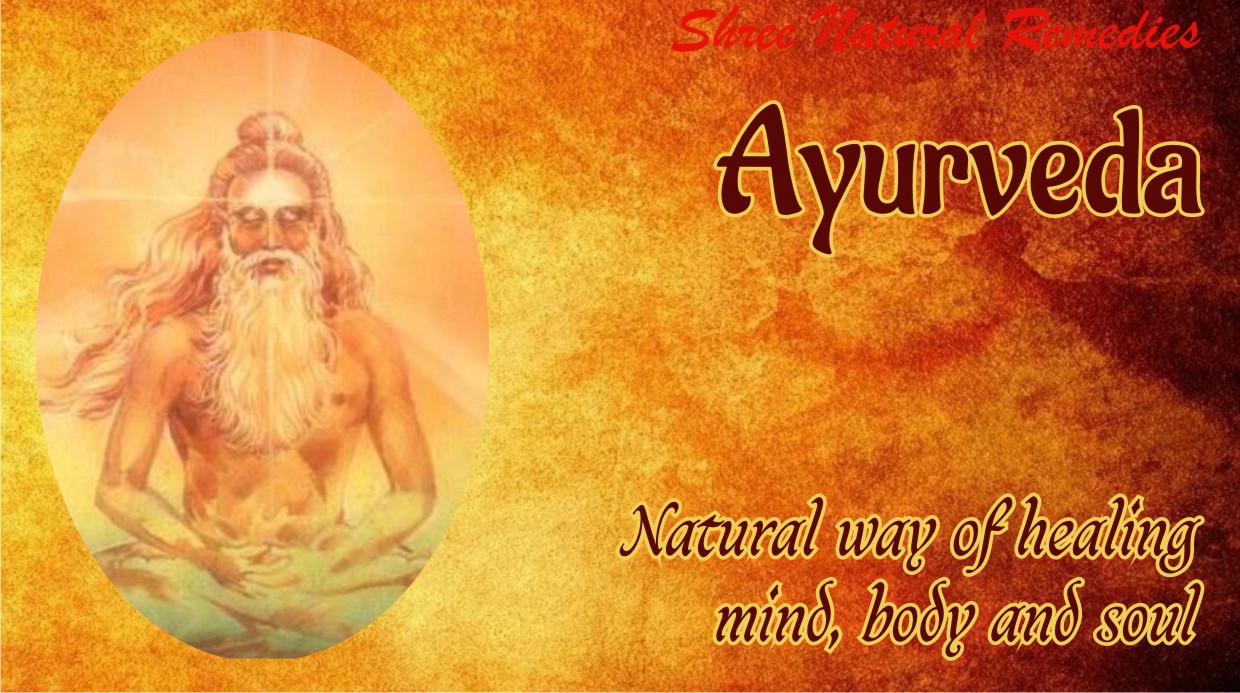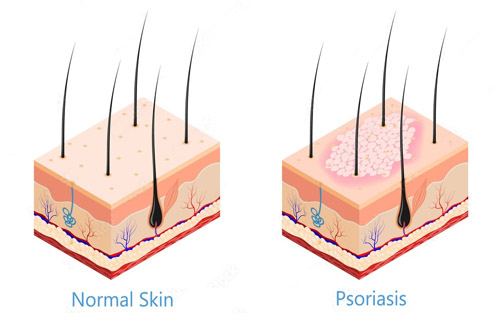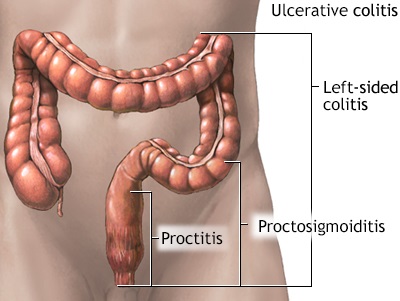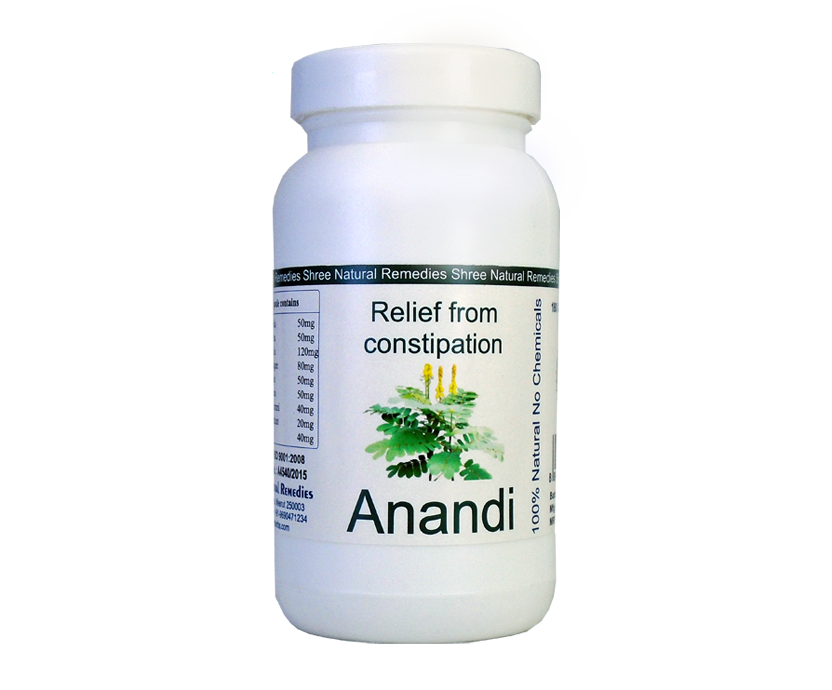Ayurveda believes that the entire universe is composed of five elements:
Panchtatva
- Vayu (Air),
- Jala (Water),
- Aakash (Space or ether),
- Prithvi (Earth) and
- Teja (Fire).
These five elements (referred to as Pancha Mahabhoota in Ayurveda) are believed to form the three basic humors of human body in varying combinations.
The three humors; Vata dosha, Pitta dosha and Kapha dosha are collectively called as “Tridoshas” and they control the basic physiological functions of the body along with five sub-doshas for each of the principal doshas.
Ayurveda believes that the human body consists of Dhatus i.e. tissues. These dhatus are seven in number known as Saptadhatus (seven tissues).
Saptdhatus are
- Rasa (tissue fluids),
- Meda (fat and connective tissue),
- Rakta (blood),
- Asthi (bones),
- Majja (marrow),
- Mamsa (muscle), and
- Shukra (semen)
Mala (Waste Products)
- There are three Malas (waste products) of the body, viz. Purisha (faeces), Mutra (urine) and Sweda (sweat).
- These seven tissues work in coordination with each for proper physiological functioning of the human body.
- The Rakta Dhatu resembles the blood and regulates the circulation of blood cells and provision of blood components to the body.
- The Mamsa Dhatu (Muscle tissue) provides supports in the form of skeletal muscles for the Meda Dhatu (adipose fat).
- The Asthi Dhatu comprises the bones of the body and the Majja Dhatu is made up of the bone marrow and fluids required for the oleation of the bones and their functioning.
- The Shukra Dhatu is responsible for functions of the reproductive organs of the body.
Tridosh
- Vata dosha maintains the cellular transport, electrolyte balance, elimination of waste products and its effect is increased by dryness.
- Pitta dosha regulates the body temperature, optic nerve coordination and hunger and thirst management. Heat conditions of the body aggravate Pitta.
- Kapha dosha is increased due to sweet and fatty food and it provides lubrication to the joints for proper functioning.
The catabolism of the body is believed to be governed by Vata, metabolism by Pitta and anabolism by Kapha.
For a healthy state of health, a balance between the three doshas and other factors should be maintained. Any imbalance between the three causes a state of illness or disease.
Apart from the Doshas and the Dhatus, the other important factors considered in the doctrine of Ayurveda are the Tri Malas and Trayo Dosa Agni. Mala means waste, Tri Malas are the three types of waste products formed in the body due to metabolic and digestive functions of the body. They comprise of the Mutra (urine), Purisa (faeces), and Sveda (sweat).
Ayurveda explains that if the balance between Tridosha is not maintained the waste products of the body are not effectively eliminated and these lead to further complications like diarrhea, constipation, asthma, rheumatoid arthritis and such other complications.
If the Mutra Mala (urine) is not removed from the body, it can lead to urinary tract infections, cystitis and gastric pain. If the Sveda Mala is not cleared from the body, it can lead to skin irritation problems, and improper fluid balance.
Fire:
As per the principles of Ayurveda the biological fire of the body for all the metabolic function is called as “Agni”. There are thirteen categories of Agni in a human body and the most important is the one responsible for digestive fire, called as Jatharagni. Jatharagni has a close relation with Pitta and ultimately Vatta of the body.
If the digestive fire of the body is increased in the body by increase in acidity conditions, the elevation in Pitta levels and its relative symptoms are observed. Digestive fire is important in controlling the normal microflora, proper digestive functions and provision of energy to the entire body. Any disturbances in its balance, creates discomfort to the gastro-intestinal tract and results in pathological complications like ulcers, diarrhea and constipation.
Pancha karma
Ayurveda employs the “Pancha karma” method in its therapies. Pancha karma therapy applies various processes for the rejuvenation of the body, cleansing and enhancing longevity. The Pancha karma is composed of five karmas (actions) that are used for removal of toxins from the body tissues. They are the Virechan (purgation though use powders, pastes or decoction), Vaman (forced therapeutic emesis by use of some medicines), Basti (use of enemas prepared from medicated oils), Rakta moksha (detoxification of blood) and Nasya (administration of medicines like decoctions, oils and fumes through nasal route).
Primarily, Pancha karma consists of 3 steps viz. Poorva karma (preparatory process of the body for the therapy), Pradhan karma (the main process of therapy) and the Paschat karma (consisting of regimens to be followed to restore digestive and other absorptive procedures of the body, back to the normal state). Clarified butter and medicated oils are used in the oleation process. Swedan (sweating) is brought about by exposure to steam for particular areas of treatment of the body. Forced emesis or vamana is brought about by administration of decoction of liquorice, honey with a few hours of prior administration of curd and rice. These substances are believed to cause elevation in the emesis effect. The Virechana, or laxative therapy is carried out by administration of herbs and liquids like senna, cow milk, psyllium seed, and castor oil. The enemas used in Pancha karma can be prepared from medicated oils or decoction of herbs like sesame or anise.
In practice, Ayurveda has eight disciplines called as “Äshtanga Ayurveda”. They are Kayachikitsa (internal medicine treatment), Bhootavidya (treatment of psychological disorders), Kaumar Bhritya (pediatric treatment), Rasayana (study of geriatrics), Vajikarana (treatment through aphrodisiacs and eugenics), Shalya (surgical treatment), Shalakya (otorhinolaryngological and ophthalmological treatment), Agada Tantra (toxicological studies).
With a rich knowledge of plants, minerals and animal based products, and the above based principles of doctrine, Ayurveda has achieved its widespread acceptance globally.
Allied systems of medicine in Ayurveda – a brief overview
India has a rich history of traditional system of medicine based upon six systems, out of which Ayurveda stands to be the most ancient, most widely accepted, practiced and flourished indigenous system of medicine. The other allied systems of medicine in India are Unani, Siddha, Homeopathy, Yoga and Naturopathy. Ayurveda is the most dominant system amongst the other Indian systems of medicine and finds its prevalence globally since centuries. In this paper, we have restricted the detailed discussion of various aspects of Indian systems of Medicine (ISM) to Ayurveda alone, and only a comprehensive overview of the other systems is provided in the text. After Ayurveda, the Siddha, Homeopathy and Unani system of medicine are widely used. Naturopathy is still developing and in future it may emerge as a flourished system of medicine. Yoga, is a system of allied medicine that deals with physical, mental and spiritual state of an individual.
The Siddha system of medicine is based upon the principle similar to Ayurveda considering that the human body is constituted from the five elements of the Universe like the pancha mahabhootas. Along with these elements Siddha system considers that the physical, moral and physiological well-being of an individual is governed by 96 factors. These 96 factors include perception, speech, diagnosis of pulse etc. Perception is commonly used determinant for treatment of psychosomatic system with the help of minerals, metals and to a lesser extent some plant products. Siddha system uses many preparations of plant and mineral origin in powder form, prepared through various procedures including calcinations.
Unani system of medicine originated in Greece and was introduced by Hippocrates; a famous philosopher and physician during the 460–366 BC period. Hippocrates laid down the “humoral theory” for treatment of diseases and describes the wet and dry characteristic of each humor that constitutes the human body. This system of medicine was introduced in India by the Arabs and it grew stronger when some scholars and physicians of Unani system fled to India after invasion of Persia by the Mongols. Since then, this system of medicine has made a firm footing in India and is recognized by the Indian government for clinical practice and research funding. The plants based formulations like oils, tinctures, powders and ointments are used in treatment.
Homeopathy was brought into practice by Dr. Samuel Hahnemann, who was a German physician in the mid-17th and 18th century. Homeopathy is based upon the laws of “immunological memory” and “memory of water” and the similarities in the pharmacological aspects of the drug and the disease. It utilizes medicines which produce symptoms similar to that of the disease for treatment of the pathological condition initially by producing or aggravating the pathological conditions and then treating it. For more than a century this system is been practiced in India and has formed an integral part of the Indian traditional system of medicine. It is recognized by the government of India and there are various institutions, research centers and regulatory bodies that help propagation of this system. In homeopathy the mother tinctures or aqueous extracts of the drugs (plants, animal origin substances, venoms and minerals) are diluted and succussed (specific method of mixing or shaking) as per Pharmacopeial methods to prepare the formulations of very low potencies.
Yoga originated in India in ancient times. Through its therapies and diagnosis based on pulse and analysis of Tridosha state of an individual, it suggests meditative exercises and life style management to obtain tranquility and improve health.25, 26, 27 The Asanas (postures) of Yoga are applied in various clinical and nonclinical conditions for curing various physical and emotional conditions.
Naturopathy, also termed as naturopathic medicine originated in Germany in the 19th century and today it is practiced in several countries. It is not an ancient system of medicine but some practitioners who practice traditional medicine sometimes use Naturopathy in combination to the major system. The Naturopathic system is based upon using the curative power of nature in combination with the traditional and modern techniques to help restore good health. Homeopathy, herbal formulations, hydrotherapy are some of the treatment methods used by this system.
Current status of Ayurveda and perspectives for its future applications
In the recent decades, Ayurveda has experienced a considerable shift in its paradigm and a significant change in the outlook of researchers, towards its applications has occurred. The therapeutic principles of Ayurveda focus on prakriti and tridoshas, and these principles explain that every individual has his unique constitution called as prakriti. Prakriti determines the characteristic response of each individual to medications, environmental conditions and dietary factors. ‘Ayurgenomics’ a recently introduced research field, bridges this gap between genomics and Ayurveda and serves as an aid in understanding of inter-individual differences in responses to therapies in various diseases.29 It especially emphasizes on studying inter-individual variances in patients from identical ethnic backgrounds. TSMs are now been looked upon for recourse to some limitations faced by western medicine, such as the need for individualized therapies, potential side effects and lack of desired therapeutic efficacy.










